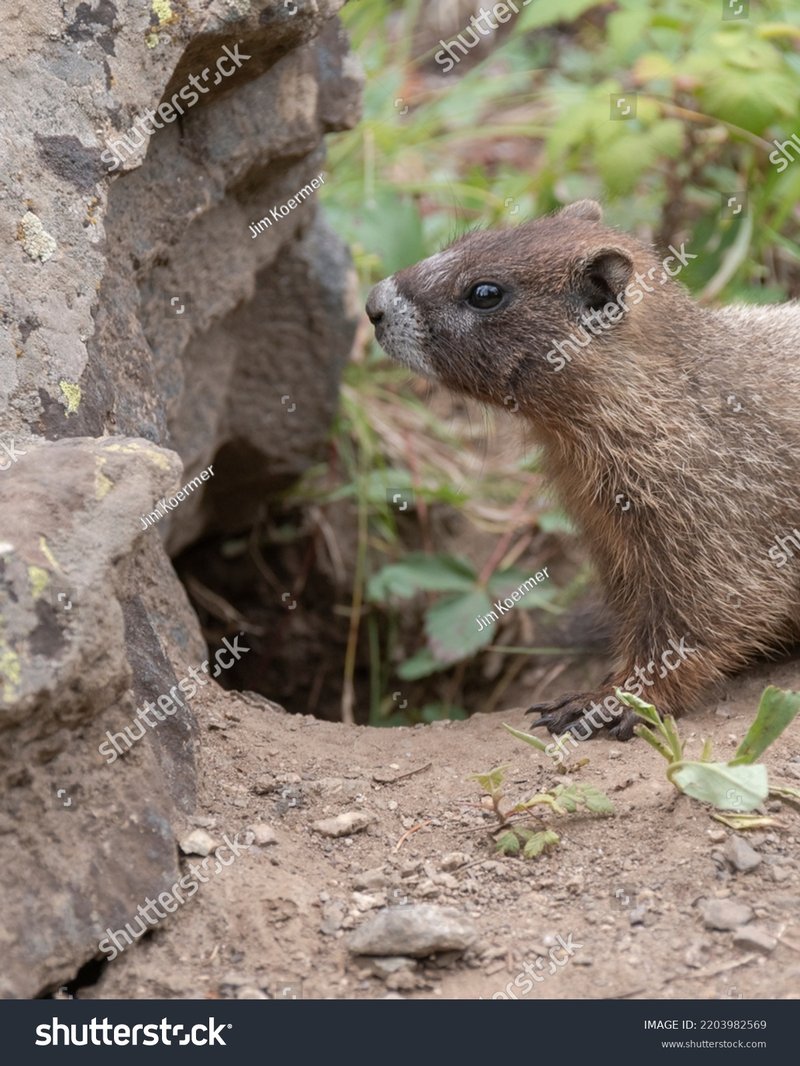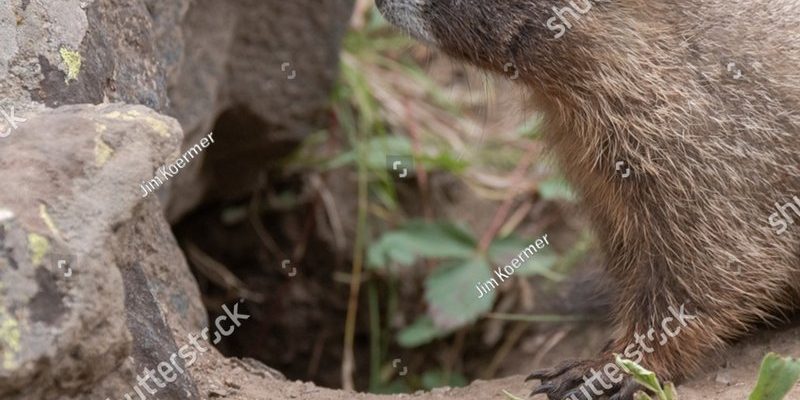
Marmots are like the ultimate survivalists of the animal kingdom. Think of them as the rugged adventurers of the rodent world, equipped with a toolkit of skills that help them navigate the challenges of their habitat. Let’s dive into the incredible ways marmots manage to make their home in these unforgiving places.
Physical Adaptations for Survival
Marmots are built for life in extreme climates. Their bodies are stocky, with short legs and a large, bushy tail that helps with balance. One of the key features that help them survive is their **thick fur coat**. This fur serves as insulation against freezing temperatures. In fact, during the cold months, their fur becomes even denser, much like putting on an extra layer when you head out into the snow.
But it’s not just about staying warm. Marmots also have strong limbs and sharp claws that allow them to dig extensive burrows. These burrows are like tiny fortresses! They provide a safe place to sleep and escape from predators, not to mention a cozy spot to hibernate during the winter months. When you think about it, their burrows are kind of like having your own little apartment in the mountains.
Behavioral Strategies for Coping with Cold
When winter rolls around, marmots have a unique way of coping. You might be surprised to learn that these animals are **true hibernators**. During this time, their body temperature drops, and their heart rate slows down significantly. This hibernation period can last as long as eight months, which means they need to prepare well in advance.
Before the cold sets in, marmots spend the summer months eating and storing fat. They munch on grasses, herbs, and even flowers to build up their energy reserves. It’s almost like they’re preparing for a long road trip and need to fill up the gas tank! By the time winter arrives, they have enough fat to sustain themselves while they snooze through the frigid months.
Social Structure and Group Living
Marmots also rely on social structures to increase their chances of survival. Most species live in colonies, which can range from a few individuals to up to 20 members. Living in a group has its benefits. They work together to keep an eye out for predators, like eagles and coyotes. It’s a bit like having a built-in security system!
Their communication is fascinating too. Marmots use a variety of vocalizations to warn each other of danger. When one marmot spots a threat, it emits a high-pitched whistle. This alert signals others to take cover in their burrows. By working together, they increase their odds of survival, which is super important in such a harsh environment.
Finding Food in a Tough Landscape
Navigating a landscape where food can be hard to find is no small feat. Marmots are clever foragers. They know which plants are edible and which are best left alone. During the summer, they take full advantage of the growing season, scavenging for everything from dandelions to clover.
When food gets scarce, marmots are strategic. They’ll dig into the ground to find roots and tubers hidden beneath the surface. This digging behavior is crucial because it means they can reach food sources that other animals might not. It’s like having a secret stash of snacks when you’re really hungry!
Climate Resilience and Adaptation
With climate change affecting habitats worldwide, marmots are facing new challenges. Increased temperatures and changing snow patterns can impact their survival. For example, marmots rely on snow to insulate their burrows during winter. If there’s less snow, it can lead to higher mortality rates.
However, there’s some good news. Marmots are resilient creatures. They adapt their behaviors based on environmental changes. Some populations have been observed adjusting their hibernation schedules to line up better with food availability. This ability to adapt is crucial for their ongoing survival in a world that’s constantly changing.
Role in Ecosystem and Conservation
Marmots play a vital role in their ecosystems. They help aerate the soil with their digging, which benefits plant growth. Their burrows provide homes for other animals, like insects and small birds. In a way, marmots are like little gardeners of the mountains!
However, they face threats from habitat loss and predation. Conservation efforts are essential to ensure they continue to thrive. By protecting their habitats and reducing human impact, we can help ensure that these adorable creatures remain a vital part of their ecosystems for years to come.
Marmots are truly remarkable animals with incredible adaptations for survival in harsh environments. From their thick fur and hibernation strategies to their social living and foraging skills, they showcase the beauty of nature’s resilience. Learning about how marmots survive helps us appreciate the delicate balance of our ecosystems and the importance of preserving these unique creatures. So, the next time you think about survival in tough conditions, remember the marmot—nature’s furry little powerhouse!

